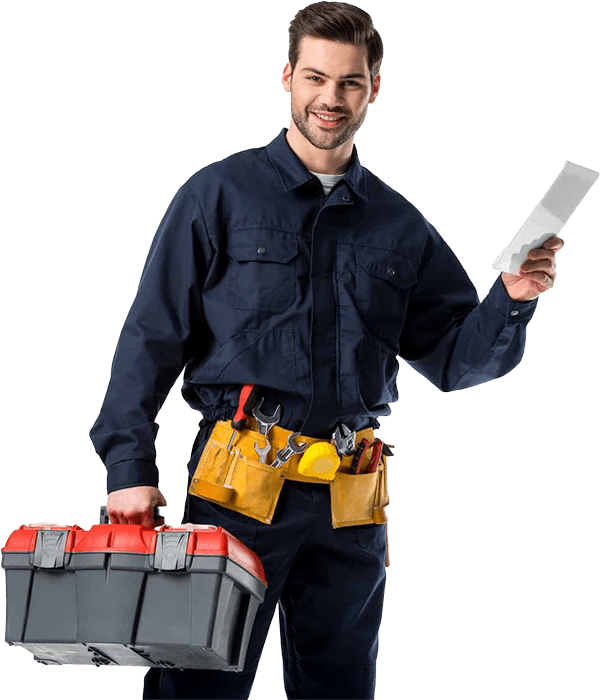A washing machine that won’t drain can be incredibly frustrating and inconvenient. Addressing the issue promptly is crucial to avoid further damage. Here’s a step-by-step guide to help you troubleshoot and fix the problem.
1. Perform a Master Reset
Sometimes, a simple reset can solve the problem. To perform a master reset:
1: Unplug your washing machine from the power outlet.
2: Wait for about one minute.
3: Plug the machine back in and open and close the door six times within 12 seconds.
This reset can often clear minor electronic glitches that might be preventing the machine from draining properly.
2. Test the Lid Switch Assembly
The lid switch assembly ensures the washer stops spinning when the lid is open. If it’s faulty, the machine might not drain.
1: To test it, use a multimeter to check for continuity.
2: If the switch shows no continuity when the lid is closed, it needs to be replaced.
A malfunctioning lid switch is a common issue and relatively easy to fix.
3. See if the Drain Hose is Kinked
A kinked drain hose can prevent proper drainage.
1: Inspect the hose behind your washing machine for any kinks or bends.
2: Straighten the hose if you find any.
To prevent future kinks, ensure there is enough space behind the machine for the hose to remain straight.
4. Check the Drain Hose or Pump for Clogs
Clogs in the drain hose or pump can also cause drainage issues.
1: Disconnect the drain hose from the back of the machine and inspect it for blockages.
2: Use a long, flexible brush or a plumber’s snake to clear any clogs.
3: If the pump is clogged, you may need to open the washing machine’s back panel to access and clear it.
Regularly checking for clogs can prevent drainage problems.
5. Clean Out the Coin Trap
Many washing machines have a coin trap or drain filter to catch debris.
1: Locate the coin trap, usually found near the bottom front of the machine.
2: Open it and remove any debris or lint.
Cleaning the coin trap regularly helps maintain optimal drainage.
6. Check the Water Level Control
The water level control, or pressure switch, helps regulate the amount of water in the machine.
1: Test it by blowing into the hose connected to the switch. You should hear a click.
2: If you don’t hear a click or if the switch is not functioning properly, it may need to be replaced.
A faulty water level control can disrupt the draining process.
7. Schedule Washing Machine Repair
If you’ve tried all these steps and your washing machine still won’t drain, it’s time to call a professional.
1: Look for a reputable repair service with good reviews.
2: Be prepared to describe the issue and what troubleshooting steps you’ve already taken.
Professional repair can diagnose and fix more complex problems.
8. Other Potential Issues to Consider
Electrical Issues: Ensure the power supply and circuit breakers are working correctly.
Motor Problems: Listen for unusual noises that might indicate motor issues.
Control Board Issues: If the problem seems electronic, the control board might need inspection or
replacement.
Addressing a washing machine that won’t drain involves several potential troubleshooting steps. Start with a master reset, check the lid switch assembly, and inspect the drain hose for kinks. Ensure the drain hose and pump are free of clogs, and clean out the coin trap. Additionally, test the water level control and consider professional repair if necessary. Don’t overlook other potential issues like electrical or motor problems.
Taking these steps can help you quickly identify and resolve the issue. If your washing machine still won’t drain after following this guide, don’t hesitate to contact a professional for assistance. Share your experiences or questions in the comments below – we’re here to help!



